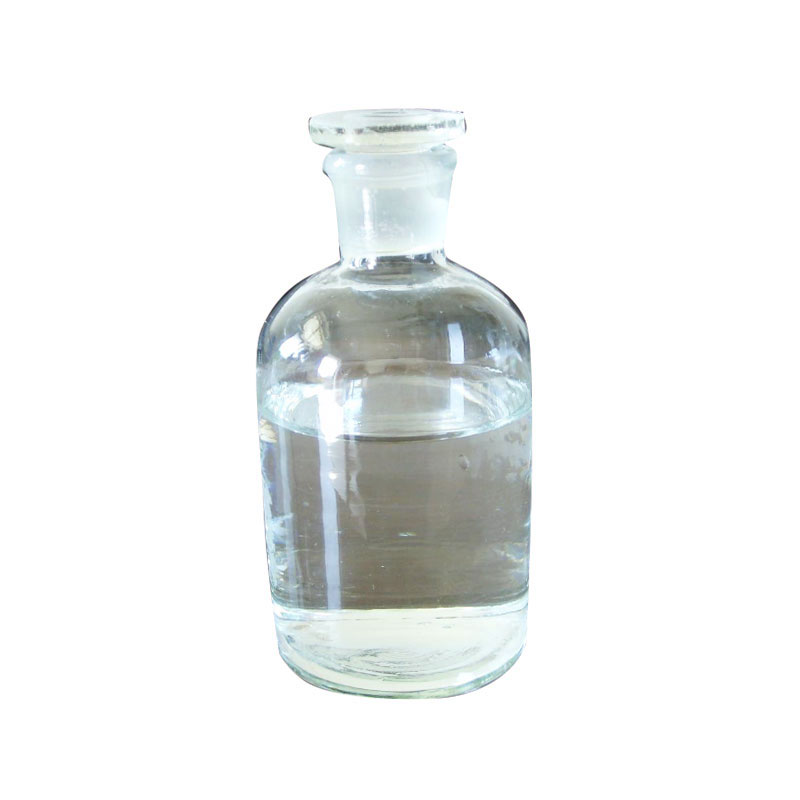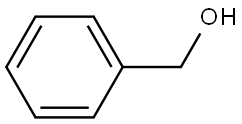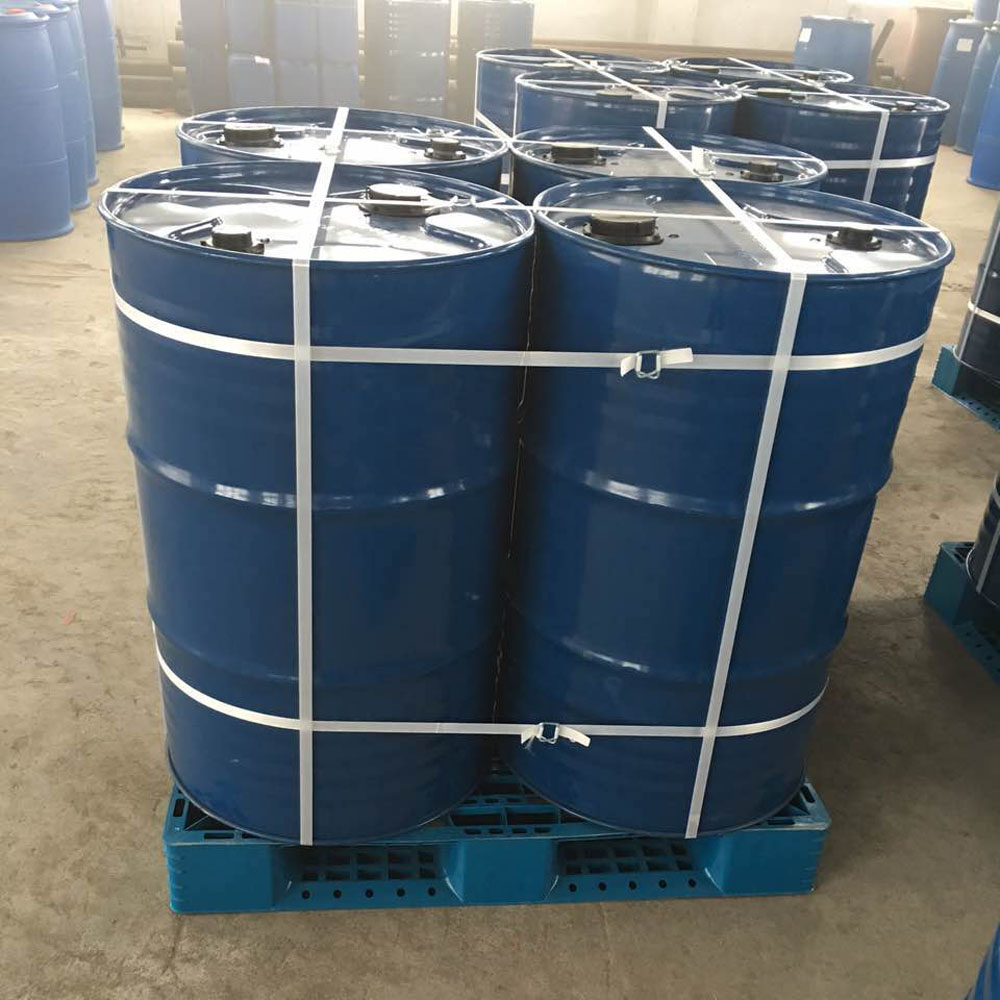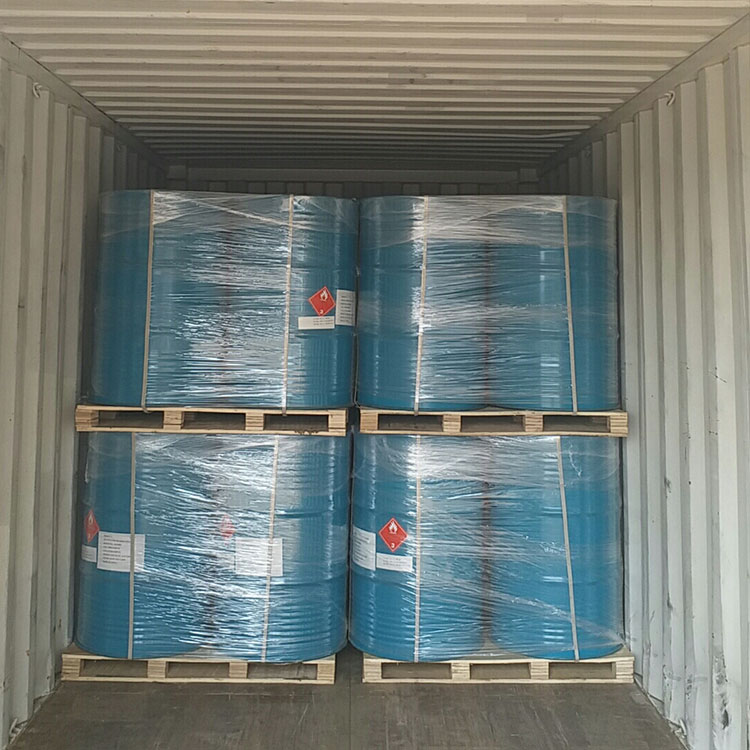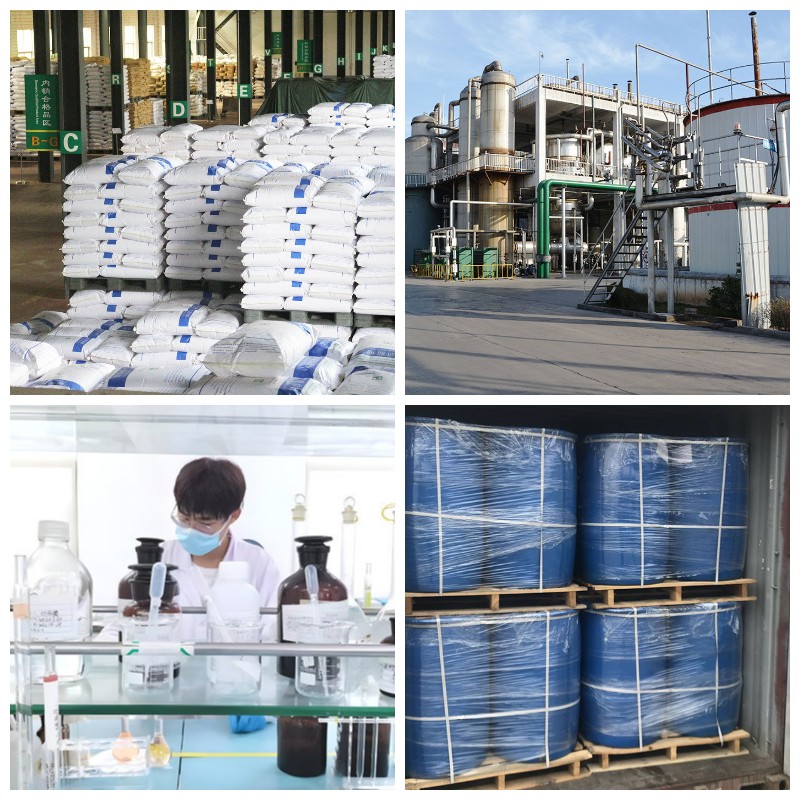Chloranil CAS#118-75-2
CAS Number: 118-75-2
Chemical Formula: C7H8O
Synonyms:
BENZYL ALCOHOL (TECH)
BENZYL ALCOHOL PERFUME GRADE 99.5% FCC NF
BENZYLALCOHOL,NF
Appearance: Colorless transparent liquid
HS Code: 29062100
MOQ (Minimum Order Quantity): 1 FCL (Full Container Load)
Products Description of Chloranil CAS#118-75-2
Benzyl alcohol, also known as benzyl alcohol, has a molecular formula of C6H5CH2OH and a density of 1.045 g/mL at 25°C (lit.). It is the simplest fatty alcohol containing phenyl groups and can be regarded as hydroxymethyl-substituted benzene or phenyl-substituted methanol. It is a colorless, transparent, viscous liquid with a faint aromatic odor. Sometimes, after being left for a long time, benzyl alcohol will have a slight smell of bitter almonds of benzaldehyde due to oxidation. It is polar, low-toxic, and has a low vapor pressure, so it is used as an alcohol solvent. It is flammable. It is slightly soluble in water (about 1 gram of benzyl alcohol can be dissolved in 25 ml of water) and can be miscible with organic solvents such as ethanol, ether, benzene, and chloroform. Benzyl alcohol mainly exists in essential oils in the form of free or esters, such as jasmine oil, ylang ylang oil, frangipani oil, hyacinth oil, moon oil, Peru balsam, and Tolu balsam Chemicalbook. Benzyl alcohol should not be stored for a long time. It can slowly oxidize to benzaldehyde and anisole in the air. Therefore, commercially available benzyl alcohol products often have the almond aroma characteristic of benzaldehyde. In addition, benzyl alcohol is also easily oxidized to benzoic acid by a variety of oxidants (such as concentrated nitric acid). Benzyl alcohol has an anesthetic effect and has a strong irritating effect on the eyes, skin and respiratory system. It is harmful to the body if swallowed, inhaled or in contact with the skin. After ingestion, it causes headaches, nausea, vomiting, gastrointestinal irritation, convulsions, coma, and in severe cases, death. The median lethal dose for rats is 1230 mg/kg. After entering the human body, benzyl alcohol is first oxidized to benzoic acid, then condensed with glycine in the liver and excreted from the body in the form of hippuric acid. Intramuscular injection using benzyl alcohol as a solvent may cause gluteal muscle contracture.
Parameters
| Melting point | -15 °C |
| Boiling point | 205 °C |
| density | 1.045 g/mL at 25 °C(lit.) |
| vapor density | 3.7 (vs air) |
| vapor pressure | 13.3 mm Hg ( 100 °C) |
| FEMA | 2137 | BENZYL ALCOHOL |
| refractive index | n |
| Fp | 201 °F |
| storage temp. | Store at +2°C to +25°C. |
| solubility | H2O: 33 mg/mL, clear, colorless |
| pka | 14.36±0.10(Predicted) |
| form | Liquid |
| color | APHA: ≤20 |
| Odor | Mild, pleasant. |
| Relative polarity | 0.608 |
| explosive limit | 1.3-13%(V) |
| Odor Type | floral |
| biological source | synthetic |
| Water Solubility | 4.29 g/100 mL (20 ºC) |
| Merck | 14,1124 |
| JECFA Number | 25 |
| BRN | 878307 |
| Henry's Law Constant | <2.70 x 10-7 at 25 °C (thermodynamic method-GC/UV, Altschuh et al., 1999) |
| Exposure limits | No exposure limit is set. Because of its low vapor pressure and low toxicity, the health hazard to humans from occupational exposure should be very low. |
| Dielectric constant | 13.1(20℃) |
| InChIKey | WVDDGKGOMKODPV-UHFFFAOYSA-N |
| LogP | 1.05 at 20℃ |
| Surface tension | 39.2mN/m at 293.15K |
| CAS DataBase Reference | 100-51-6(CAS DataBase Reference) |
| NIST Chemistry Reference | Benzyl alcohol(100-51-6) |
| EPA Substance Registry System | Benzyl alcohol (100-51-6) |
Safety Information
| Hazard Codes | Xn,T |
| Risk Statements | 20/22-63-43-36/37/38-23/24/25-45-40 |
| Safety Statements | 26-36/37-24/25-23-53 |
| RIDADR | UN 1593 6.1/PG 3 |
| WGK Germany | 1 |
| RTECS | DN3150000 |
| F | 8-10-23-35 |
| Autoignition Temperature | 817 °F |
| TSCA | Yes |
| HS Code | 29062100 |
| Hazardous Substances Data | 100-51-6(Hazardous Substances Data) |
| Toxicity | LD50 orally in rats: 3.1 g/kg (Smyth) |
Product Application of Chloranil CAS#118-75-2
Benzyl alcohol is widely used as a solvent for the dielectrophoretic reconfiguration of nanowires, inks, paints, lacquers and epoxy resin coatings and as a precursor to a variety of esters used in soaps, perfumes and flavoring. It is employed as a local anesthetic which reduces the pain associated with lidocaine injection. It has a various applications in baby products, bath products, soaps and detergents, eye makeup, blushers, cleansing products, make up products as well as hair, nail and skin care products.Factory and Equipment Show
Fast delivery time
Inventory 2-3 working days New production 7-10 working days

